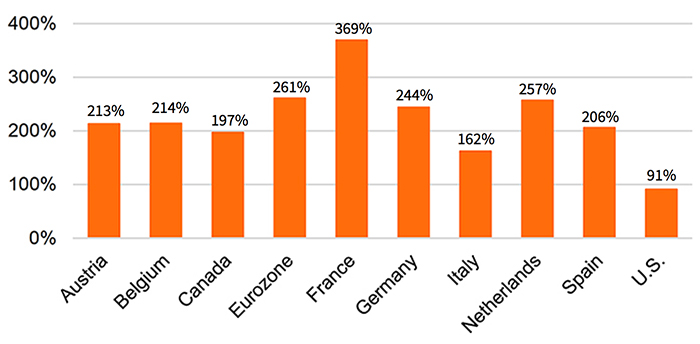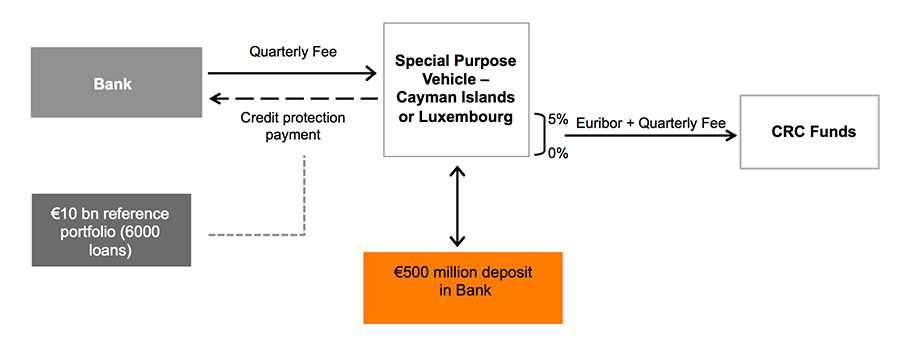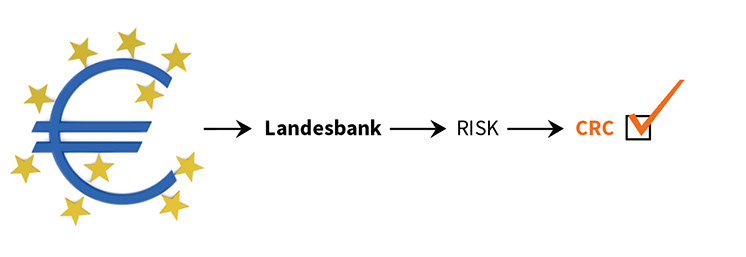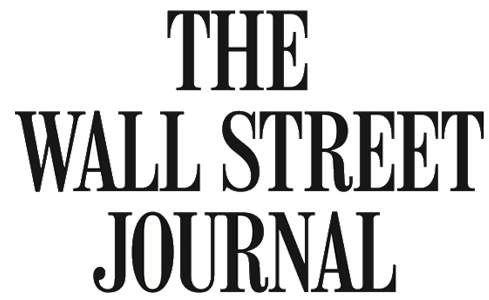
Home
About CRC
What We Do
WILLFUL
ESG
Contact
Client Login
|
2002
|
2003
|
2004
|
2005
|
2006
|
2007
|
2008
|
2009
|
2010-2011
|
2012
| |
| Credit Fund opens | Bilateral tranche of corporate loans for Dutch bank | Purchases entire Italian leasing securitization residual for €60 m | Buys subordinated tranches of SME RSTs for three different German lenders, all of whom will go on to be repeat customers
CRC agrees to the first cross-border investment in Mexican RMBS |
When fast amortization renders the first Belgian RST (2005) ineffective for the bank, CRC restructures to benefit both parties, validating CRC’s role as a reliable long-term partner
Seven RSTs, all but one under Basel II Basel II starts in Europe |
CRC establishes its first single investor fund for a public pension plan. The business model of managing several funds with parallel strategies will prove key to executing large transactions.
Six largely bilateral RSTs with European banks, investing a total of €565 m |
In the three weeks after Lehman’s collapse, CRC follows through on commitment to buy two bilateral RSTs, one for German and Austrian SME loans and one for seasoned German residential mortgages | Crisis notwithstanding, CRC invests in bilateral RSTs in Germany and Switzerland | Despite the Eurozone sovereign debt crisis, SME default rates across all CRC European deals fall from 2009 peak of 1.3 × base case to 1.0 × base case | Novel €200 m deal to hedge ABS trading book of European bank | |
|
2014
|
2015
|
2016
|
2017
|
2018
|
2019
|
2020
|
2021
|
2022
|
2023
| |
| Invests €450 m in second loss tranche tied to €11 bn pool for German Landesbank
First synthetic post-crisis Italian SME RST |
Upsizes 2014 Landesbank deal, adding €5 bn to reference portfolio | Sole equity sponsor of securitization of payroll deduction loans, the largest-ever Italian consumer ABS
In the 10 days after the Brexit referendum, CRC follows through on commitment to close four RSTs for banks in Italy, Austria and Germany, investing €525 m |
First ever SME RST for a Japanese bank
CRC launches liquid strategy: Bond Opportunity Trading Fund |
For second consecutive year, invests over €900 m in RSTs | CRC launches the first ABS backed by pre-crisis assets to gain the EU’s “Simple, Transparent and Standardised” status
|
Invests €1.23 bn in a dozen RSTs, including first Italian pure renewables synthetic deal
|
Synthetic securitization of Monte dei Paschi’s Stage 2 loans named Structured Credit Investor’s Deal of the Year Opens office in Tokyo First ever RST for a Greek bank CRC funds acquire consumer lender Finsocial, with 650 employees across Colombia |
Synthetic securitization of Piraeus Bank’s performing shipping loans named Structured Credit Investor’s Deal of the Year RST for €8 bn portfolio referencing SMEs and Midcaps believed to be the largest-ever synthetic transaction in Italy |
For the third consecutive year, CRC funds invest over €1.5 bn in RSTs with European banks. In keeping with past trends, about one quarter of new deals are with first-time issuers. A bilateral RST for a Polish bank believed to be the largest ever in Central or Eastern Europe Invests in a novel RST to support loan growth for existing SME customers of an Italian bank |
| 2002 | Andrew Robertson Head Trader Oleg Gokhman Head of IT Andrew Leasor Marketing |
| 2004 | Takeshi Nakano Head of Asian Origination and Structuring |
| 2005 | Brad Golding Liquid Markets |
| 2006 | David Fitoussi Head of European Origination and Structuring |
| 2009 | Himesh Shah Origination and Structuring Joanna Kosek Origination and Structuring Dina Tserlyuk Operations Head and Funds CFO |
| 2012 | Edmund Glaister Marketing |
| 2013 | Malik Chaabouni Trading |
| 2014 | Antony Wright CFO |
| 2019 | Sarah Shipton General Counsel |
| 2020 | Richard Dziurzynski Risk Management Head |
| GLOBAL HEAD COUNT : 71 |

| COUNTRY | STOCK MARKET SIZE (IN $BN) | INVESTABLE STOCK MARKET SIZE / GDP |
|---|---|---|
| US | 41,976 | 183% |
| Canada | 2,335 | 117% |
| Denmark | 463 | 117% |
| Sweden | 693 | 110% |
| Japan | 4,507 | 91% |
| UK | 2,840 | 89% |
| Finland | 235 | 79% |
| Netherlands | 718 | 71% |
| South Korea | 1,160 | 65% |
| France | 1,764 | 60% |
| India | 1,346 | 44% |
| Israel | 195 | 40% |
| Norway | 190 | 39% |
| Germany | 1,389 | 33% |
| Belgium | 189 | 31% |
| Spain | 427 | 30% |
| Ireland | 146 | 29% |
| Italy | 476 | 23% |
| Portugal | 37 | 15% |
| Greece | 32 | 15% |
| Austria | 62 | 13% |
| Poland | 59 | 9% |




| NEW YORK OFFICE 720 Fifth Ave., 13th Floor New York, NY 10019–4107 Telephone: +1 212 489 4350 Fax: +1 212 489 4355 | |
| LONDON OFFICE 11 Waterloo Place London, SW1Y 4AU Telephone: +44 (0)20 7227 4040 | |